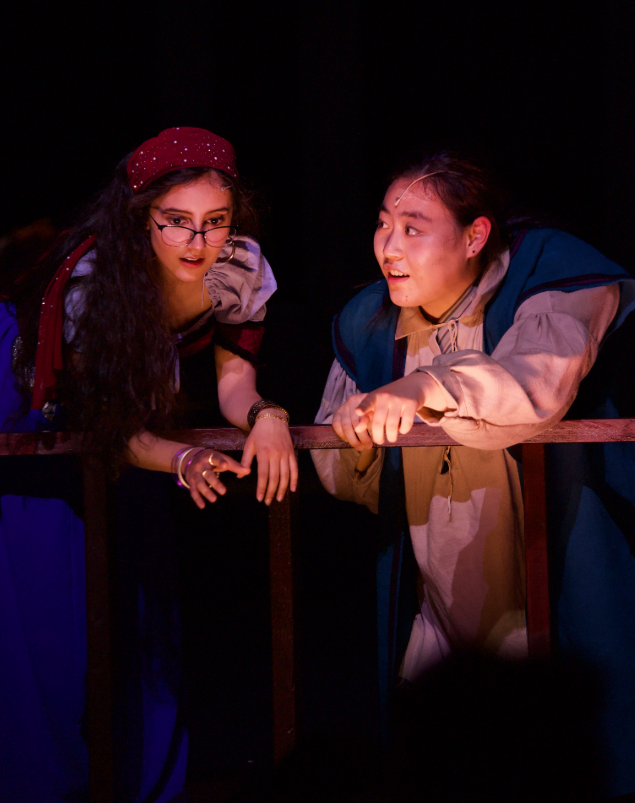By Kaylee Chan | Editor-in-Chief
A common image that comes to mind when people imagine ‘gamers’ are young men with eyes glued to computer screens, pouring endless hours into playing competitive shooters, battle arenas, or role-playing games with other players exactly like them. Rarely are women considered a part of this category, and those that do assert themselves in gaming spaces are met with an endless stream of vitriol from their male peers, if not outright ostracization. The gaming world has attracted an insular culture of blatant misogyny over the years— a culture that persists among both players and developers.
A large part of sexism within the gaming community can be observed during games themselves, where many women face harassment from other players in in-game voice chats. According to a survey conducted by the marketing research company Bryter in 2020, approximately 40 percent of female gamers have experienced verbal abuse and 28 percent have faced explicit sexual harassment from their in-game male teammates.
Though games may differ, the events play out the same— the second a woman speaks on voice chat, they face anything from gameplay insults to unwanted sexual solicitation. In the twenty-first century, this behavior should be unacceptable, yet it remains a common experience for many women.
Misogyny is not only in toxic player bases, but it also concerns developers as well. Numerous large gaming companies have faced allegations of sexual harassment and discrimination against women, such as Activision Blizzard, responsible for games such as World of Warcraft and Overwatch.
Activision Blizzard has been subjected to over 700 reports of employee concerns over sexual harassment, as well as a lawsuit from the California Department of Fair Employment and Housing, according to Reuters.com.
These allegations have also been aimed at Riot Games, best known for the game League of Legends. At Riot, 80 percent of the employees are men, and the few women present rarely get opportunities for career advancement, according to an exposé on Riot published by the gaming blog Kotaku.
“The ‘bro culture’ there is so real,” a former female Riot worker told Kotaku. She left the company due to its misogynist atmosphere. “It’s agonizingly real. It’s like working at a giant fraternity.”
Many of these companies have recently faced legal retribution in the form of lawsuits and while it is an effective way to bring more attention to the issue, nothing will change unless the companies themselves take active steps to elevate female voices.
An essential part of bridging the gender gap is by promoting companies owned by and catered to non-male gamers. Organizations such as Women in Games, which advocates for more female representation in the gaming industry, are working towards this goal.
When it comes to existing big companies, it is clear more effort needs to be devoted to getting women into leadership roles. Women should be a part of the decision-making process at every stage, with their voices welcomed at the table. Perpetrators of harassment in the workplace must face consequences, if not being fired entirely.
Though there is still a lot of ugliness within the gaming industry, women are speaking up about their experiences and pushing for change. It is not too late for gaming culture to take a turn for the inclusive— all male gamers have to do is listen.






